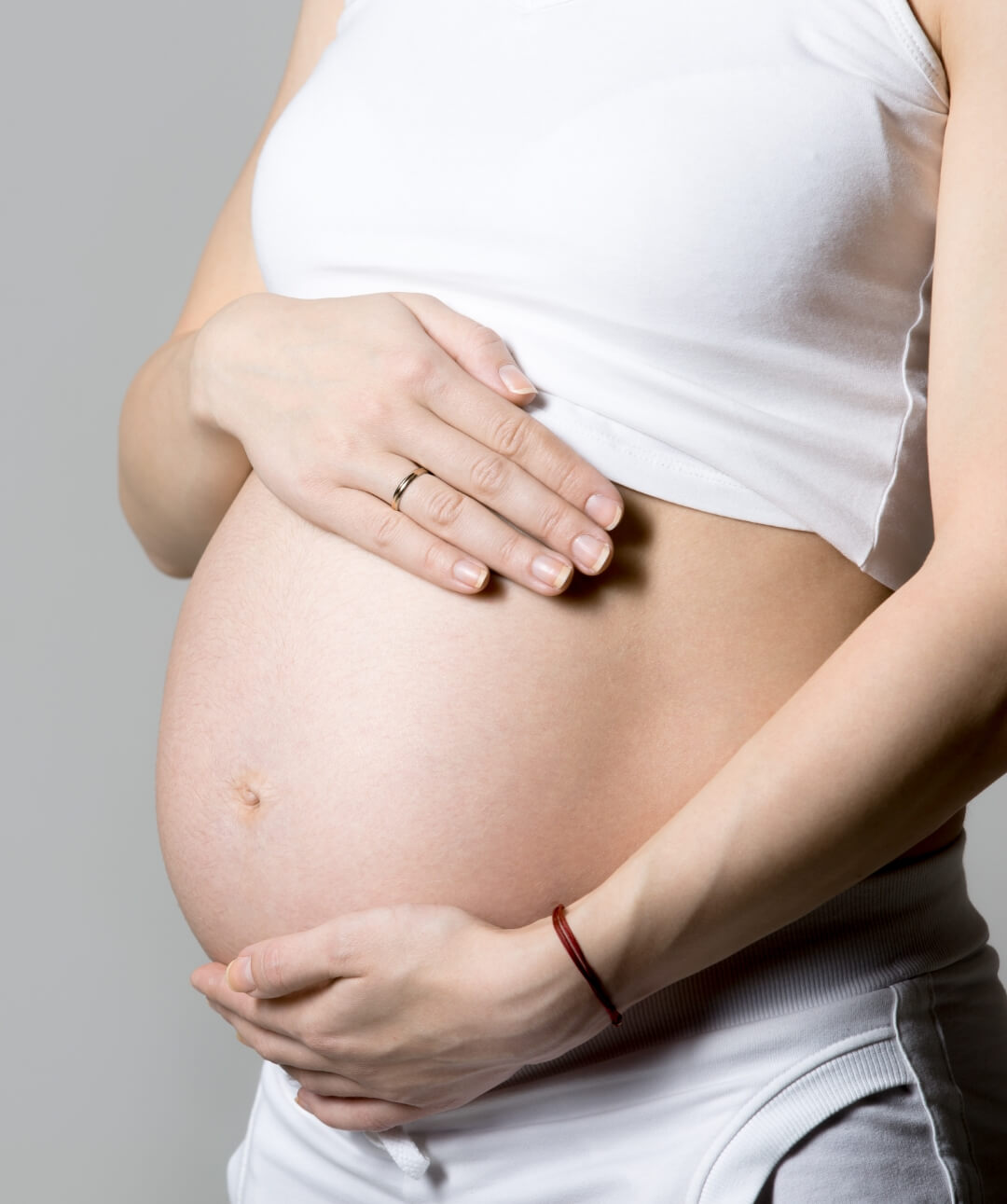Vaginal Birth After Caesarean (VBAC): What You Need to Know
Vaginal birth after caesarean, commonly referred to as VBAC, is a topic of significant interest and consideration for many women who have previously undergone a caesarean section.
As a trusted gynaecologist in North Gosford, Dr Kelly Hankins understands the importance of providing comprehensive information and support to women exploring their birthing options.
Understanding VBAC
VBAC refers to the delivery of a baby through the vaginal canal after a previous caesarean birth. Historically, caesarean sections were often performed for various reasons, including concerns about labour progression, foetal distress, or maternal health complications.
However, advancements in obstetric care and increased understanding of maternal-foetal health have led to a greater emphasis on supporting women who wish to attempt a vaginal birth after caesarean.
Benefits of VBAC
VBAC offers several potential benefits for women and their babies, including:
- Reduced risk of surgical complications: Vaginal birth is typically associated with fewer risks of surgical complications such as infection, bleeding, and blood clots compared to repeat caesarean delivery.
- Shorter recovery time: Recovery from vaginal birth is generally faster and less physically demanding compared to recovery from caesarean section, allowing women to return to their normal activities more quickly.
- Lower risk of placenta-related issues: Multiple caesarean deliveries may increase the risk of placenta previa (placenta covering the cervix) or placenta accreta (abnormal placental attachment), which can lead to complications in future pregnancies. VBAC may help reduce the likelihood of these complications.
- Opportunity for a more personalised birth experience: VBAC allows women to experience labour and childbirth more naturally and physiologically, which can enhance feelings of empowerment and satisfaction.

Risks and Considerations
While VBAC can be a safe option for many women, it's essential to understand the potential risks and considerations associated with this mode of delivery, including:
- Uterine rupture: One of the most significant concerns associated with VBAC is the risk of uterine rupture, which occurs when the scar from a previous caesarean incision tears or separates during labour. Although rare, uterine rupture can lead to life-threatening complications for both the mother and baby, necessitating emergency caesarean delivery.
- Labour complications: Women attempting VBAC may experience labour complications such as slow progress, foetal distress, or failed induction, which may increase the likelihood of caesarean delivery.
- Maternal and foetal health considerations: Factors such as maternal age, BMI, gestational age, and the reason for the previous caesarean delivery may influence the safety and success of VBAC. Additionally, foetal positioning and size may impact the likelihood of successful vaginal delivery.
- Availability of resources: Access to facilities equipped to handle emergency caesarean delivery is essential for women attempting VBAC to ensure prompt intervention in the event of complications.
Candidacy for VBAC
Determining candidacy for VBAC involves a thorough evaluation of individual factors and considerations. Dr Kelly Hankins may consider the following criteria when assessing a woman's suitability for VBAC:
- Previous caesarean history: The reason for the previous caesarean delivery, type of uterine incision, and number of previous caesarean deliveries may influence the likelihood of successful VBAC.
- Uterine scar integrity: The type of uterine incision used during the previous caesarean and the presence of any uterine abnormalities or conditions that may affect scar integrity.
- Maternal health status: Factors such as maternal age, BMI, medical history, and current health status may impact the safety and success of VBAC.
- Foetal considerations: The health and well-being of the baby, including foetal size, positioning, and gestational age, are important factors to consider when assessing candidacy for VBAC.
- Patient preferences and values: Dr Kelly Hankins will take into account the woman's preferences, values, and informed decision-making when discussing VBAC as an option for delivery.

Preparation and Support
Women planning for VBAC should receive comprehensive prenatal care and counselling to address any questions or concerns and ensure appropriate preparation for labour and childbirth.
This may include discussions about birth preferences, coping strategies for labour pain, and plans for monitoring foetal well-being during labour.
Dr Kelly Hankins and her team will work closely with women planning VBAC to provide personalised care, support, and guidance throughout the pregnancy and delivery process.
VBAC offers many women the opportunity for a safe and fulfilling vaginal birth experience after a previous caesarean delivery.
By understanding the benefits, risks, candidacy criteria, and factors to consider, women can make informed decisions about their birthing options with the guidance of their healthcare provider.
Dr Kelly Hankins remains committed to supporting women in North Gosford who are exploring VBAC as a viable option for their childbirth journey, providing compassionate care and personalised support every step of the way.
Book an appointment
Drop us a line today for a free quote!